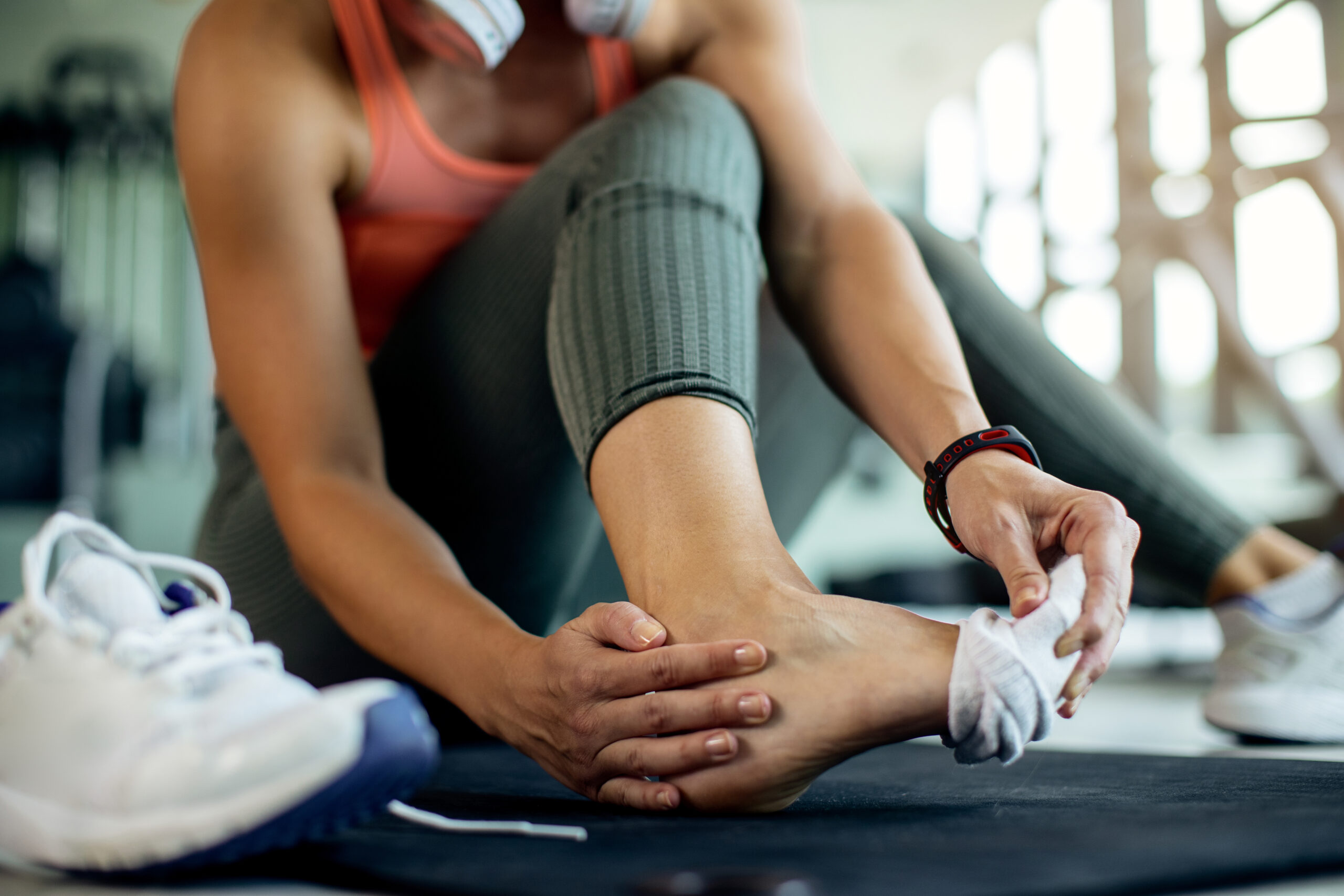At least once in our lives would we be reminded by our parents, grandparents, aunties and uncles and everyone else in our family tree to “sit up straight!”, and there is good reason why they would often nag about it too.
While bad posture is a common problem for many, this does not mean that the problem should be ignored or stalled. Left unchanged, bad posture can lead to physical and psychological issues such as poor digestion and reduced motivation. Whereas good posture can bring about a surprising number of benefits. Here are some winning benefits for good posture to motivate you to get started:
8 Benefits of Good Sitting Posture
1. Ease of Breathing
2. Boost in self-confidence
3. Optimized digestion
4. Lesser Headaches
5. Reduce Back Pain
6. Relive Back Stress
7. Better Concentration
8. Boost in Energy
At this point, if you are convinced and sold on the benefits of having good posture, the next big question is: How do I start improving my posture? Below we have listed three ways on how one can embark on their journey to improve posture:
Maintaining a healthy weight
It might not sound intuitive and most of us will wonder: How does eating more fruits and vegetables help with my posture? The missing link to answer this question is weight gain. Often, people who suffer from weight gain would cause their own muscles and bones to carry more than they should, eventually affecting the flexibility of the spine, joint strength and ultimately posture. Hence one way to cut down on weight gain is by substituting one’s daily food items with more fruits and vegetables. This is because fruits and vegetables have relatively lower energy density than meat and carbohydrates, meaning that they contribute to fewer calories when consumed. Thus, by reducing and maintaining one’s weight consistently, this would greatly aid in creating a more efficient and sustainable approach to achieving good posture.
Lengthening and strengthening your postural muscles

Postural muscles are the set of muscles that are designed to stabilize and mobilize the body. Examples of postural muscles are your upper trapezius, hamstrings, piriformis, adductors, among others.
Your deep core stabilizing muscles are also an important part of your postural muscles. Lengthening and strengthening your postural muscles through exercise can greatly help better your posture. The types of exercises for bad posture are dependent on the type of bad posture one has. For example, if one has a forward neck posture and rounded shoulders, recommended exercises would include chin tucks, cat-cow positions and seated rotation.
Spine and Posture Care
This may sound obvious, but it is undoubtedly one of the most important ways to improve and maintain good posture.

Good Sitting Posture
The first step is to
consistently maintain a good sitting posture throughout the day.
For tips on how to check if your posture is good, you can refer to this link where we answer commonly asked questions on how to fix bad posture.
At the start, maintaining good posture consistently may feel unnatural and uncomfortable. Hence two ways to smoothen the transition is by getting some cushions and books to DIY your ideal workspace or investing in a good ergonomic chair to help with posture support and maintenance.
The Chair to Help with Posture
Before investing in a chair, here are some things to consider when buying an ergonomic chair:
1. Adjustable seat height
Everyone is unique, so every chair needs to be able to adapt to its user. The first thing to consider is if the seat height is adjustable. At the proper height, your feet should be flat on the floor, with your knees at a 90-degree angle.
2. Seat width and depth
The seat should not only provide comfort, its width should also be with at least 1 inch on either side of their hips, but not so wide that their arms need to stretch to touch the armrests. Its depth should also be enough for the user to sit with their back against the backrest but leaves a space for 2 to 4 fingers between the end of the chair and the user’s knees. At least ¾ of the thighs need to be supported by the seat.
3. Lumbar support
When finding an ergonomic chair, one of the features to look out for is the curvature for lower back, often known as the lumbar support. Its concave curve helps to distribute the weight of the user, reducing the concentration of stress. Sitting in a chair without lumbar support tends to flatten that curve, which leads to lower back pain.
4. Backrest
It needs to support the natural curve of the spine. An ergonomic office chair should promote dynamic sitting rather than static posture to increase blood flow. It should, therefore, allow its user to recline to relieve some weight from their lower backs.
5. Seat material
A mesh backrest is usually recommended as it keeps its users cool and comfortably contours the body while distributing the weight across a large area.
Aside from comfort, the seat padding should be made of high-quality foam. Insufficient padding and low-quality foam often lead to misalignment in the hips, imbalance, back pain, fatigue, and discomfort.
6. Armrest
The armrest should be broad, adjustable and comfortable so that the elbows and forearms can rest lightly on them at a 90 degree angle while typing. An armrest at the wrong height puts strain on the wrist.
7. Movement and stability
The chair needs to move and rotate easily allowing its user to reach anything on their desk without straining. In addition, it needs to be stable to support the weight of the user.
8. Warranties
The chair will ultimately go through years of wear and tear, thus, getting one with a good warranty is important.
9. Price
The price of an ergonomic office chair can range from about $200 to $2,000.
If you’re considering investing in an ergonomic chair, our partner, takeaseat.sg, has a good range of chairs that are both quality and value for money. We trust them so, and have fitted out the chairs in our centres with them.
Hear more about these chairs in the video below.
Tried everything but still suffering from poor posture?
It should be noted that in some cases, physical signs of bad posture may be an indication of a more serious condition called scoliosis, which is a type of misalignment pattern in the spine that might not result in immediate pain but can result in long term pain.
If you are unsure whether or not this is the case for you, you can have your spine checked by our chiropractors through our full spinal examination.
Chiropractors specialise in addressing the health of your spine and optimising your nervous system. And we have an impressive track record in helping people feel better and function better in their lives. Hence, regardless of whether you have bad posture or scoliosis, chiropractic can likely help you with both.











